From Data Chaos to Donor Clarity: Cleaning Your CRM for the Future
For many nonprofits, the donor database is both the heart of development and the biggest source of frustration. Duplicate records, missing information, inconsistent notes, and outdated fields can quietly cost organizations thousands of dollars each year. A messy CRM doesn’t just waste staff time — it erodes donor trust and makes it harder to grow.
As we move into a new era, cleaning your CRM and creating clear systems for data entry and reporting is one of the smartest investments you can make. Here’s how to turn data chaos into donor clarity.
1. Recognize the Signs of Data Chaos
If your staff sighs every time they open the database, you probably have problems. Common warning signs include:
Donors listed under multiple names or with duplicate profiles.
Inconsistent gift histories across records.
Staff keeping “shadow spreadsheets” outside the CRM.
Reports that take hours to pull and never quite feel accurate.
These red flags mean your system is slowing you down instead of powering you forward.
2. Standardize Data Entry Practices
One of the fastest ways CRMs get messy is inconsistent entry. Is a donor called “Robert,” “Rob,” and “Bob” depending on who logged the gift? Does one staffer use all caps while another doesn’t?
Create a simple style guide for your team:
Standard naming conventions.
Required fields for every record.
Clear categories for gifts, campaigns, and appeals.
The goal isn’t perfection — it’s consistency.
3. Deduplicate and Update Regularly
Schedule time to run deduplication checks and update contact information. If your CRM allows, set up automation to flag duplicate entries before they become a problem. Make database maintenance a monthly routine, not a once-every-few-years panic project.
4. Automate Reporting for Leadership
Board members and executives don’t need raw data — they need clarity. Instead of pulling manual reports for every meeting, set up automated dashboards that show:
Year-to-date fundraising totals.
Donor retention and upgrade rates.
Campaign progress toward goals.
Clean, automated reports keep leadership aligned and save staff hours every month.
5. Train Staff and Build Accountability
Even the best system won’t stay clean without staff buy-in. Provide training on how to use the CRM effectively and explain why consistent data matters. Encourage questions, set expectations, and celebrate progress. A culture of accountability keeps your CRM from sliding back into chaos.
The Bottom Line
Your CRM should be your most powerful fundraising tool, not your biggest headache. By cleaning your data, standardizing practices, and leveraging automation, you can transform a cluttered database into a clear foundation for continued growth.
At Joe Co., we help nonprofits streamline their CRMs, automate reporting, and train staff so development teams can spend less time fighting data and more time building relationships.
👉 If your CRM feels more like chaos than clarity, let’s talk.

